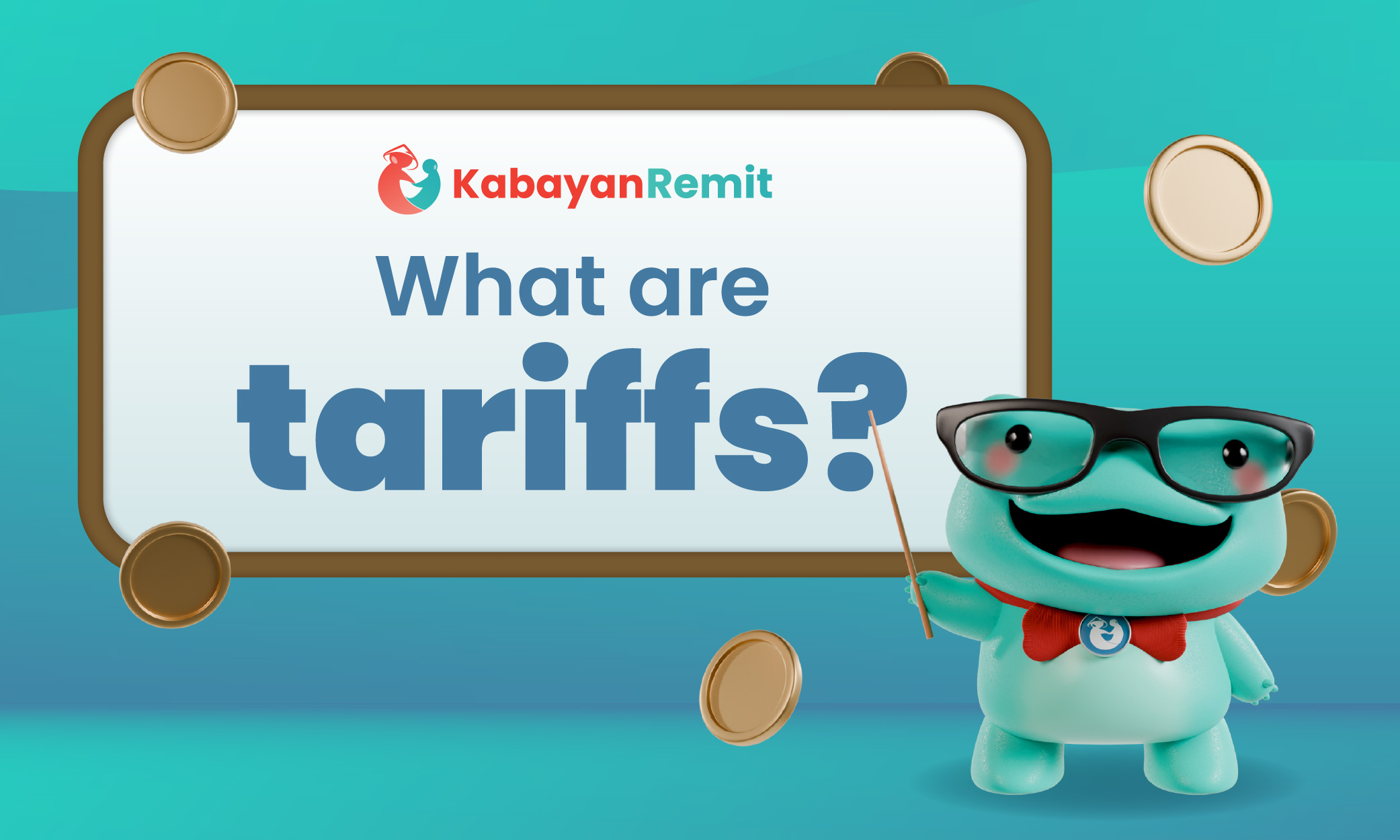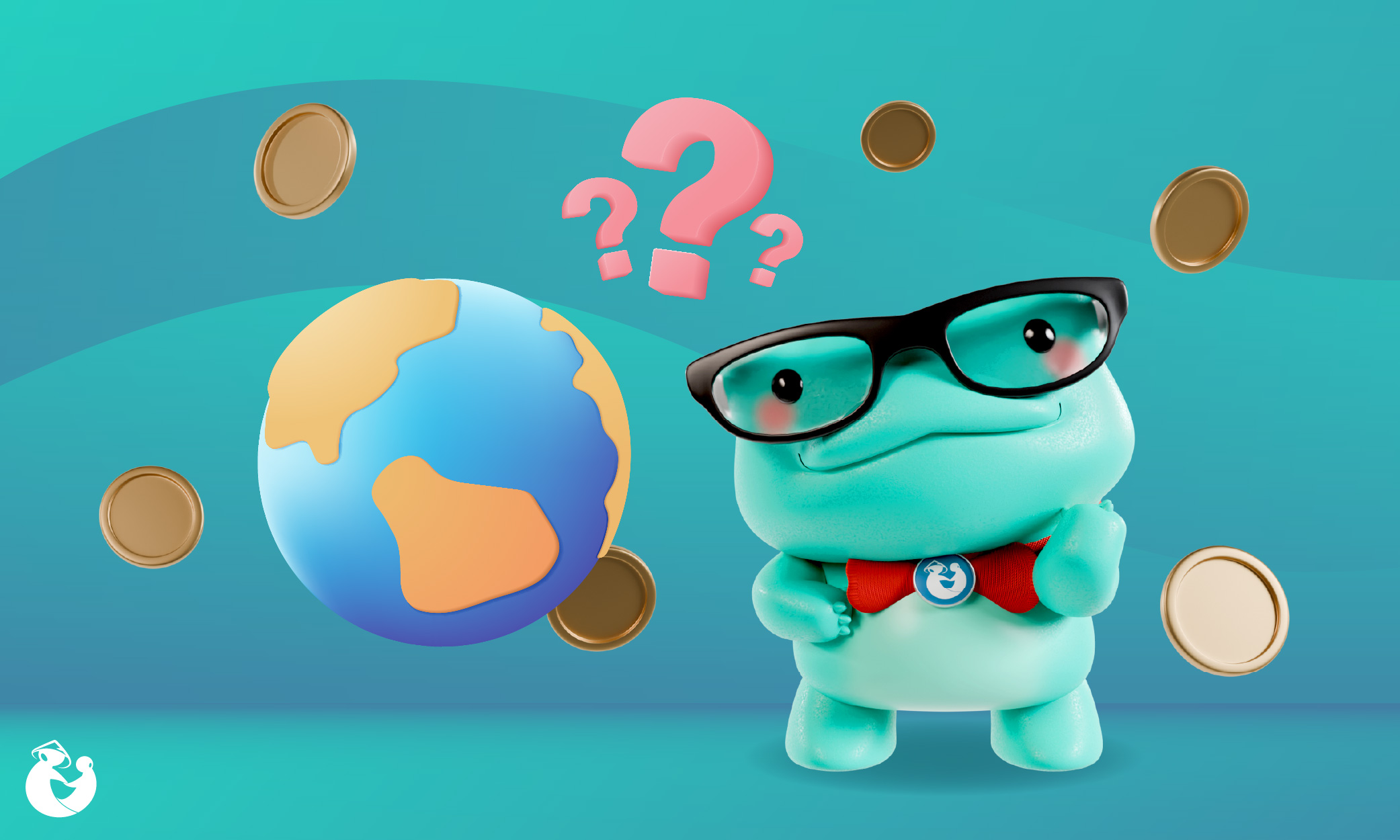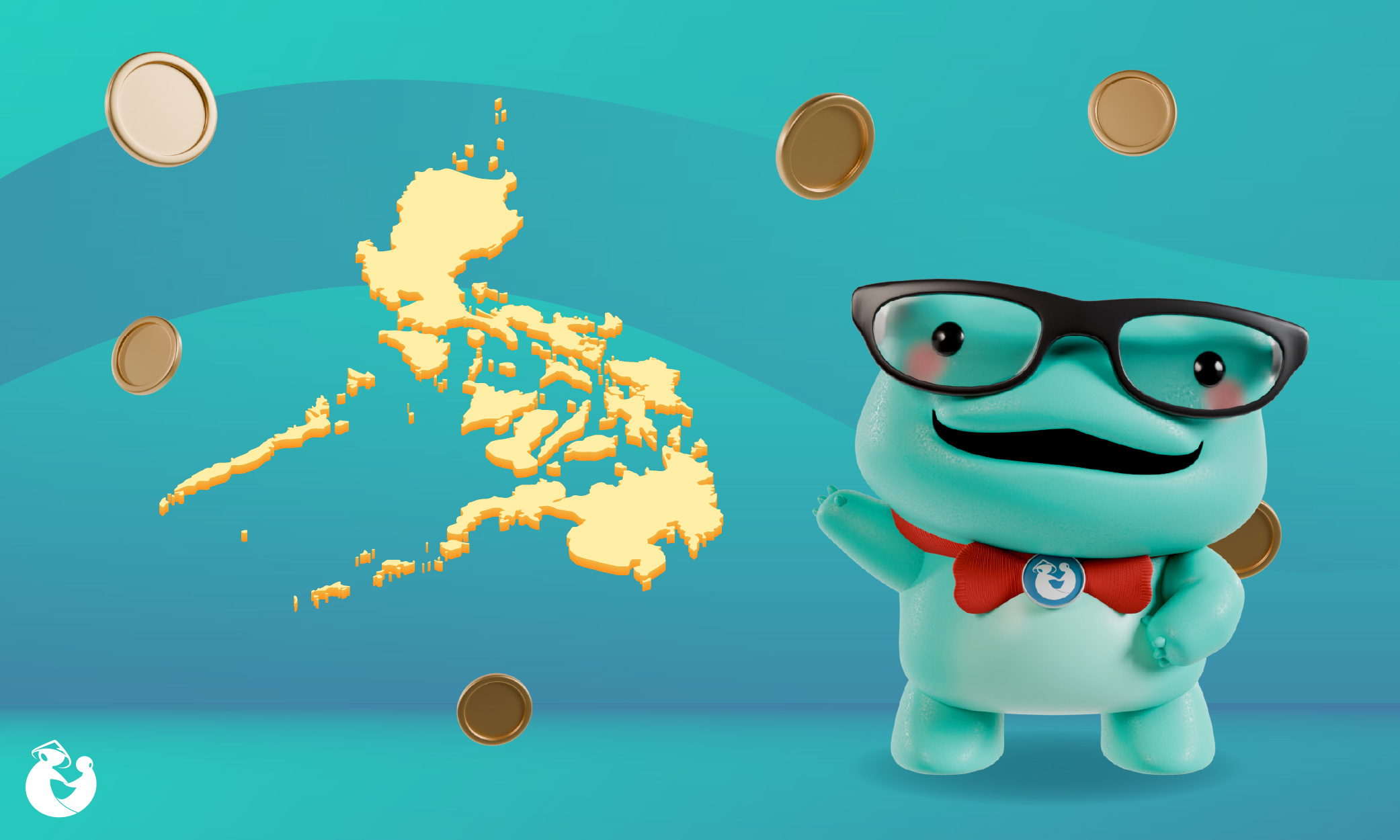
Qu'est-ce qu'un tarif douanier ?
Before we explore the effects of tariffs, let’s first clarify what they are. According to the Council of Foreign Relations, “Tariffs are a form of tax applied on imports from other countries.”
For example, if Country A has a 10% tariff on wheat from Country B, Country B would need to pay that tariff when they export wheat to Country A.
The amount a government charges for an import is usually a percentage of the product’s value. For example, if a product is £100, a 10% tariff would make it cost £110.
“Economists say the costs [of tariffs] are largely passed on to consumers,” reported CFR.
What’s the news on tariffs?

News on tariffs have been making rounds online since the start of the year. But the most impactful developments made headlines on 2 April, when United States President Donald Trump declared a new set of what he dubbed “liberation day” tariffs that charge at least 10% on foreign goods sold to the US.
The Philippines—which mainly exports electronics to America—was included in Trump’s list, with the US proposing to charge 17% on Philippine goods entering America starting 9 April. However, this was postponed after Trump announced a three-month pause on tariffs higher than 10%.
Exempted from the pause is China, whose goods will receive a 120% tariff plus another 25% tariff that had been in effect since around February. Mexico and Canada were also affected by this earlier 25% tariff but are excluded from the newer 10% tariffs.
Why do countries charge tariffs?

Countries charge tariffs for the following reasons:
To support locally produced goods and protect local industries
A country may have an industry that is growing locally but would suffer if foreign competitors enter the country bringing a larger inventory of cheaper options for customers.
To protect buyers from foreign goods that may be unsafe to consume
Some countries impose tariffs due to stricter material or ingredient regulations. For example, Country A may tax toys from Country B, where paint standards are more relaxed.
To earn money
Also called revenue tariffs, these are used to generate additional income for a country.
To fight back against or punish another country they disagree with
If Country A disagrees with Country B about their policy, or if a deal between the two countries falls through, Country A might impose tariffs on goods from Country B in retaliation.
While tariffs may benefit the countries implementing them, it may also have negative effects on its citizens. These fees may lead to other countries implementing their tariffs in response, making things more expensive for the regular buyer. This is why tariffs in the US have been making the news.
How will tariffs affect the price of goods?

Some recent news on tariffs were about how these would affect the price of iPhones.
According to tech news publisher CNET, “If Apple passed the full 145% China tariff costs on to customers, the iPhone 16 Pro Max with 1TB of storage could increase from [US]$1,599 to over $3,900.”
Apple, an American brand, produces some of its products in China. And as of 12 April, smartphones, computers, and other gadgets are exempted from the new US tariffs.
However, tariffs not only affect the price of gadgets but also the cost of groceries, clothes, and other everyday essentials.
The Associated Press reported that avocado growers slowed production in Mexico after the US put 25% tariffs on Mexican imports earlier this year. The AP also published news on how tariffs may affect car ownership because of the possible increase in the cost of imported car parts.
Who Pays the Price of Tariffs?
Since the things we make and buy now depend on a more global production process, other essentials—like food, clothes, or household appliances—may end up costing more because of the new tariffs from the US.
Those who would bear the brunt of a possible rise in prices would be people with lower incomes, who spend a chunk of their money on essentials compared with those who earn enough to withstand inflation.
The AP also reported another risk: New tariffs from the US may bring down profits for businesses in different parts of the world; it may also drive businesses to restructure their supply chains. This could cause some people to lose their jobs.
Will the Philippines be affected by the new US tariffs?

In recent news, the Philippine government has said the possible 17% tariff on goods we export to the US will have a minimal effect on the country and may even have some advantages.
The proposed 17% on Philippine exports to the US is the second lowest of US tariffs in Southeast Asia. The US assigned the baseline 10% tariff rate to Singapore and gave the highest rate, 49%, to Cambodia. This may lead international businesses to consider the Philippines as a more affordable manufacturing and agricultural partner in the region.
However, Sec. Cristina Roque of the Philippine Department of Trade and Industry said her team is still hoping to schedule a meeting with the US Department of Commerce before the end of the three-month pause on US tariffs to find out what the final rate for the Philippines will be.
“If 17 percent and our ASEAN neighbours are higher than us, of course that’s advantageous for us,” said Roque to the Manila Bulletin. “But we don’t know what will happen after 90 days so it’s hard to speculate until we get to talk to my counterpart there in the US.”
How should I prepare for the new US tariffs?

Tariffs may make everyday things more expensive. This will affect not only the Pinoys doing business in the Philippines but also OFWs.
So how can Pinoys and OFWs prepare for a possible increase in prices?
Here are some ways:
- Stick with your financial New Year’s resolutions - Knowing your financial goals, how you spend, and where your money should go will help you set a realistic budget as prices adjust to accommodate the new US tariffs.
- Buy smart - Since you know your spending habits, stock up on items you purchase regularly, but, avoid panic buying so you don’t waste money overstocking on things that spoil quickly.
- Follow our money management tips for OFWs. Plan a budget with your family, prioritize your debts, and separate your expense account from your savings.
- Save – Find ways to spend less when you send money to the Philippines. Use a money remittance app like Kabayan Remit.
Kabayan Remit is a secure money remittance app that lets OFWs in the UK, the US, and Canada send money to the Philippines at competitive exchange rates. To learn more, cliquez ici.
